Although the exploration of fully autonomous driving has encountered realistic resistance, there are still many opportunities for the development of cabin experience.
At the invitation of Tsinghua Nikkei Institute, Kr8 observer Chen Yuyang and Daimler Xingchuang head Cui Xingjian jointly participated in the research of autonomous driving and intelligent cockpit experience, and formed this article. I look forward to this article to learn more about the possibilities of future smart cockpits with readers.
Development of autonomous driving
Since the start of Google ’s autonomous driving program in 2009, autonomous driving has experienced a bumpy decade. After 2015, with the rise of artificial intelligence technology, a large number of venture capital began to pay attention to the application of artificial intelligence in the direction of transportation. In 2016 alone, Xiaoma Zhixing, AutoX, Jingchi (now renamed Wenyuan Zhixing), Momenta and other companies gained capital favor and quickly grew into unicorn companies. In the same year, major OEMs officially announced their self-driving plans: In 2016, BMW and Intel announced a joint autonomous driving project, and GM acquired the autonomous driving startup Cruise; in 2017, Mercedes-Benz and Bosch announced the joint development of the SAE L4 (International Automobile (Second-level advanced autonomous driving standards defined by the Institute of Engineers) and above. Unmanned driving has begun to change from “future technology” in popular cognition to a term that is frequently mentioned in technology news.
But over time, with the continuous development of technology development, testing, and verification, more and more autonomous star companies have begun to adjust the timing of the landing of SAE L4 or higher “autonomous driving”. Waymo, Uber, and Tesla have been involved in serious traffic accidents. Since then, the valuation of Waymo has been greatly reduced by Morgan Stanley. Uber has readjusted its autonomous driving research and development plan and reduced investment by nearly 20%. In China, Baidu has reorganized the intelligent driving business group, focusing on driving assistance and valet parking applications in low-speed scenarios and pilot operations of autonomous driving and rental. Xiaoma Zhixing, Wenyuan Zhixing and AutoX tried autonomous driving rental operations in Beijing, Guangzhou, and Shenzhen, respectively. However, due to the number of license plates, the scale of operations is about ten, and they still need the assistance of security officers and rely heavily on customized city maps. The sensors are equipped, and these highly customized application scenarios are not far from large-scale commercial applications.
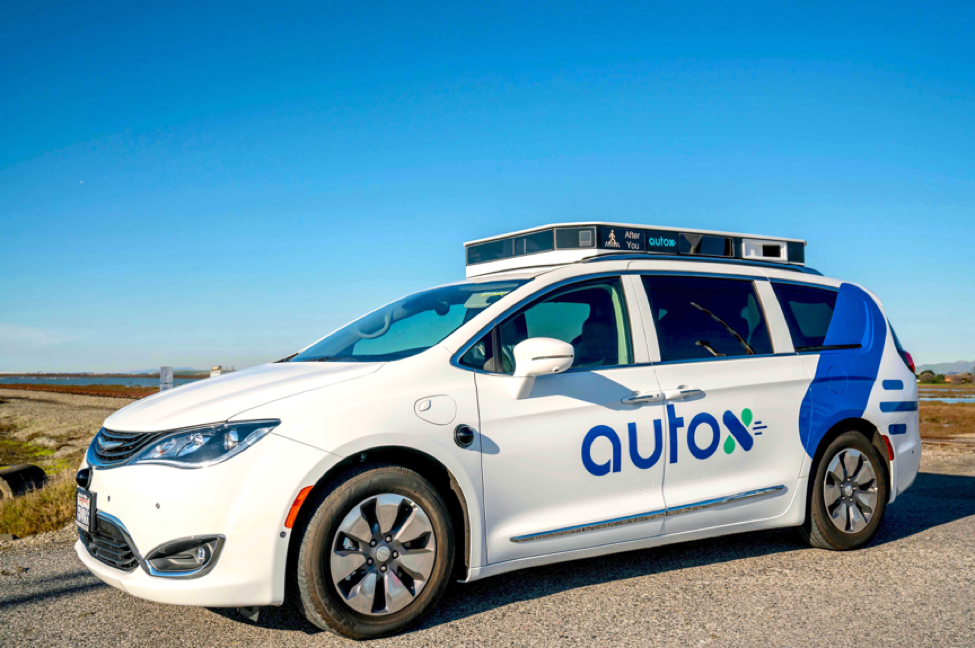
Figure 1. AutoX opens road test vehicle in California, USA (source: AutoX official website)
Based on the above information, family car products still have a long distance to go from “driverless”. The automatic driving function will gradually improve from subdivision scenarios such as SAE L3 high-speed cruise and automatic parking to full-time and full-scene automation, gradually liberating the driver’s work and attention, thereby opening up more possibilities for smart cabin experience. In this development process, the automatic driving function and driver takeover will coexist for a long time, until the passenger car completely becomes the “third space” on the wheel for all members.
Current status of in-cabin entertainment
The extension of the development direction of “unmanned driving” has not affected the exploration of the cabin experience by the travel industry. On the contrary, the gradual improvement of autonomous driving has given the cabin more creative space. From the perspective of information dissemination, the entertainment in the cabin can be divided into four steps of information collection, processing, interaction and display.
The collection of information includes driving-related vehicle conditions, traffic, points of interest, and various multimedia content unrelated to driving. Among them, with the rapid development of sensor and end-computing technologies, vehicle condition information has been popularized from high-end luxury models to popular models; with the joint efforts of navigation applications, shared travel, and urban traffic management, traffic information has gradually improved; various O2O life service applications have precipitated A lot of information about points of interest; and smartphones have promoted the digitization of multimedia content such as social, entertainment, e-commerce, games, and work.
Information processing converts the original information from the outside into a type suitable for consumption by the driver and passengers in the cabin. Apple Carplay is an excellent attempt in the direction of automotive entertainment information processing. Through this function, the driver can conveniently use some audio and navigation applications on the mobile phone through the vehicle-machine interaction during driving. But at this stage, the scope of applications that Carplay can support is still relatively limited, and the integration with car functions is still in the initial stage.
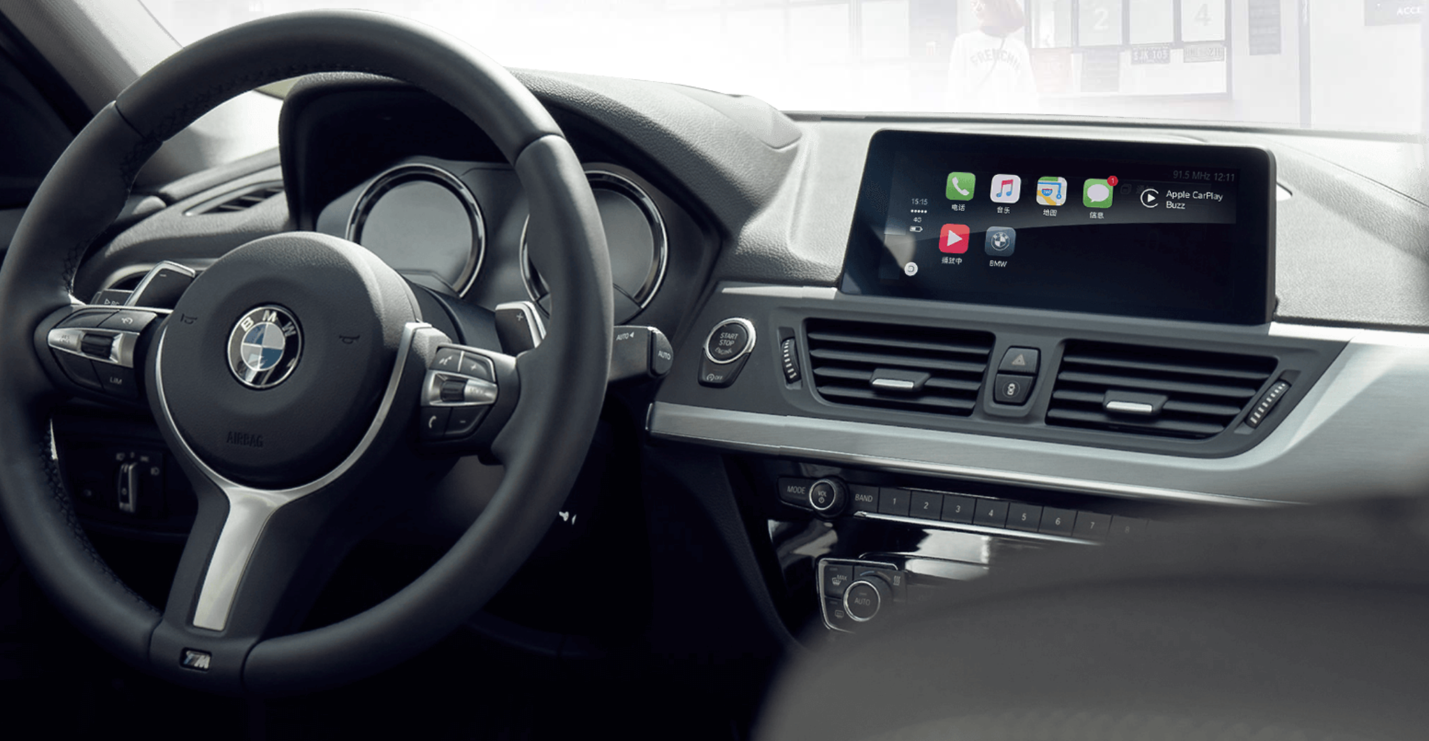
Figure 2. Carplay function on BMW 1 Series central control screen (source: BMW China official website)
Interaction of information helps drivers and passengers to pass ideas and needs to the car in the most natural way. With the application of steer-by-wire and electronic gear levers, the electronicization of various functions in the car has continued to spread, laying the foundation for multiple interactive modes in the future. Technologies such as natural language analysis, eye tracking, motion capture, and pan-media touch have their own advantages in terms of interactive experience, recognition accuracy, control accuracy, and user attention. These new technologies combine organicallyRich interactive experiences can be customized for different entertainment scenarios.
The display of information presents a rich content experience in the cabin according to the needs of drivers and passengers. Visual ambient lighting, floating projection, adaptive projection, head-up display, virtual reality and augmented reality, electrochromic glass technology, active acoustic silencing technology, directional sound technology, and digital scent technology are constantly maturing. As technology costs decrease, it will become possible for each passenger and driver to create an immersive multimedia experience for different scenarios and content in the cabin.
Why the current cabin experience was “lost” to mobile phones
For a long time, automotive OEMs have had to face an embarrassing reality: Even in the cabin, a lot of passengers’ entertainment time is still done through smartphones, even if drivers are looking for points of interest, planning routes, and consuming audio content. Also tend to use mobile phones. Some people think that the audio equipment on cars is far better than mobile phones, and many luxury cars also have screens much larger than mobile phones, which can provide a better entertainment experience. However, the market proves that such features have not changed the entertainment habits of consumers in the car, and the large rear screen is rarely used by passengers.
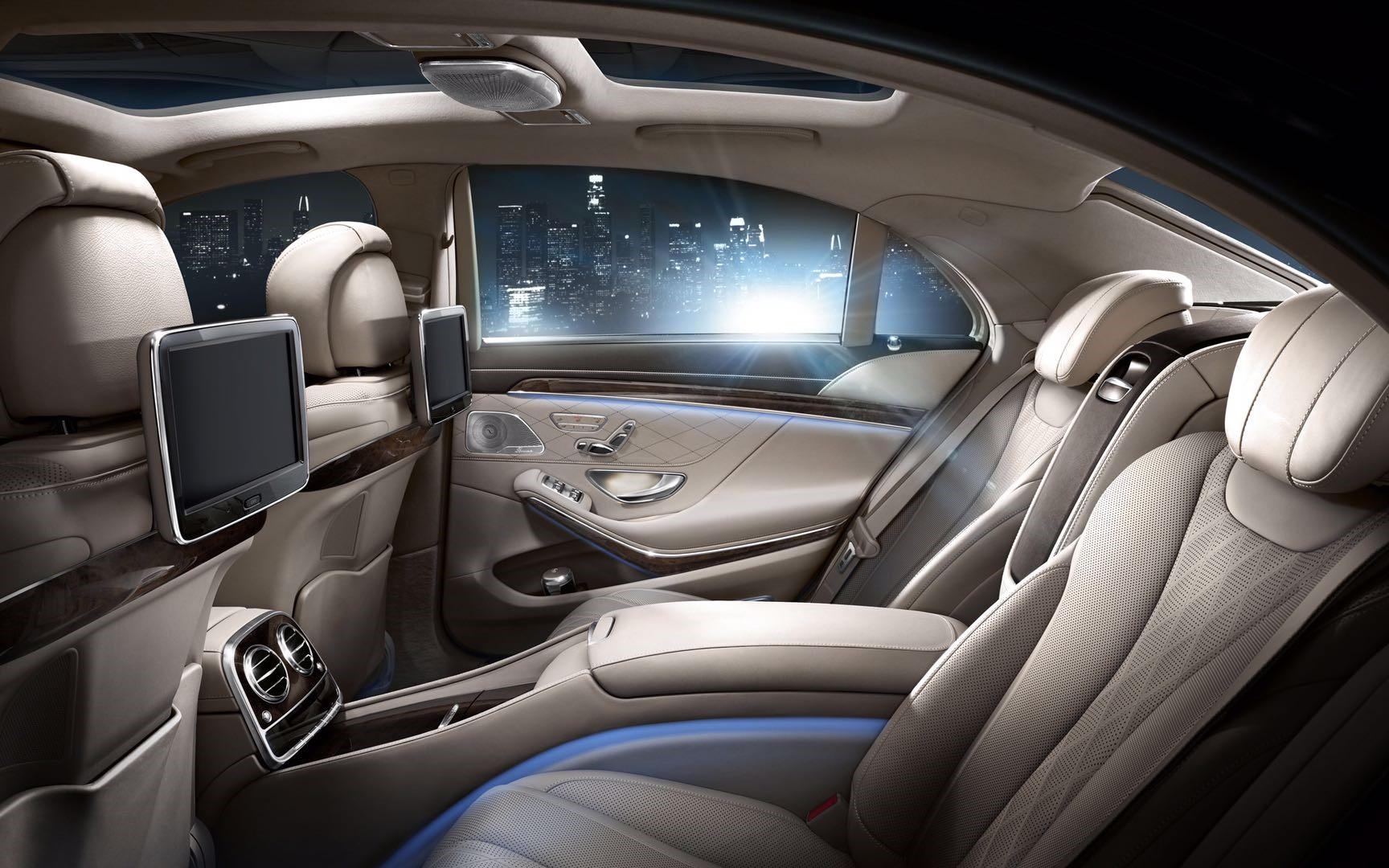
Figure 3. Mercedes-Benz S-Class rear screen (source: Daimler China official website)
Why do passengers abandon existing in-car entertainment systems and choose mobile phones? The answer to this question does not lie in mobile phones and cars, but in having millions of mobile Internet ecosystem developers. Since the release of the iPhone and Andriod G1 in early 2007, mobile Internet applications that have undergone twelve years of development have penetrated into all aspects of people’s lives, from wake-up alarm clocks in the morning to health data monitoring, from collaborative office software to dating chat tools, and from listening to songs Watching the TV platform to online shopping applications … Modern people’s lives can not be separated from mobile applications. And these applications build a complete digital experience for users through daily interactions with consumers. In contrast, the number of “applications” on cars is poor. Most of the devices have single functions. Their closed R & D system does not support third-party development, and it is completely separate from the digital life of consumers. The lack of application ecology makes the car completely lose to the smartphone in terms of entertainment content and experience, thereby losing the user’s attention in the cabin space.
The core of regaining user attention: open ecology
Open ecology is the only way to regain the attention of drivers and passengers in the cabin. Only open and universalTaiwan can attract hardware manufacturers, application developers, and local content service providers to continuously develop products that meet market needs based on different scenarios of travel needs, so that the platform itself can continuously accumulate and improve capabilities to form user stickiness. In order to build this ecology, it is necessary for the mainframe manufacturer to actively drive collaboration with Internet platform enterprises to jointly improve the four capabilities of the cabin experience ecology: safety, adaptability, convenience and immersion.
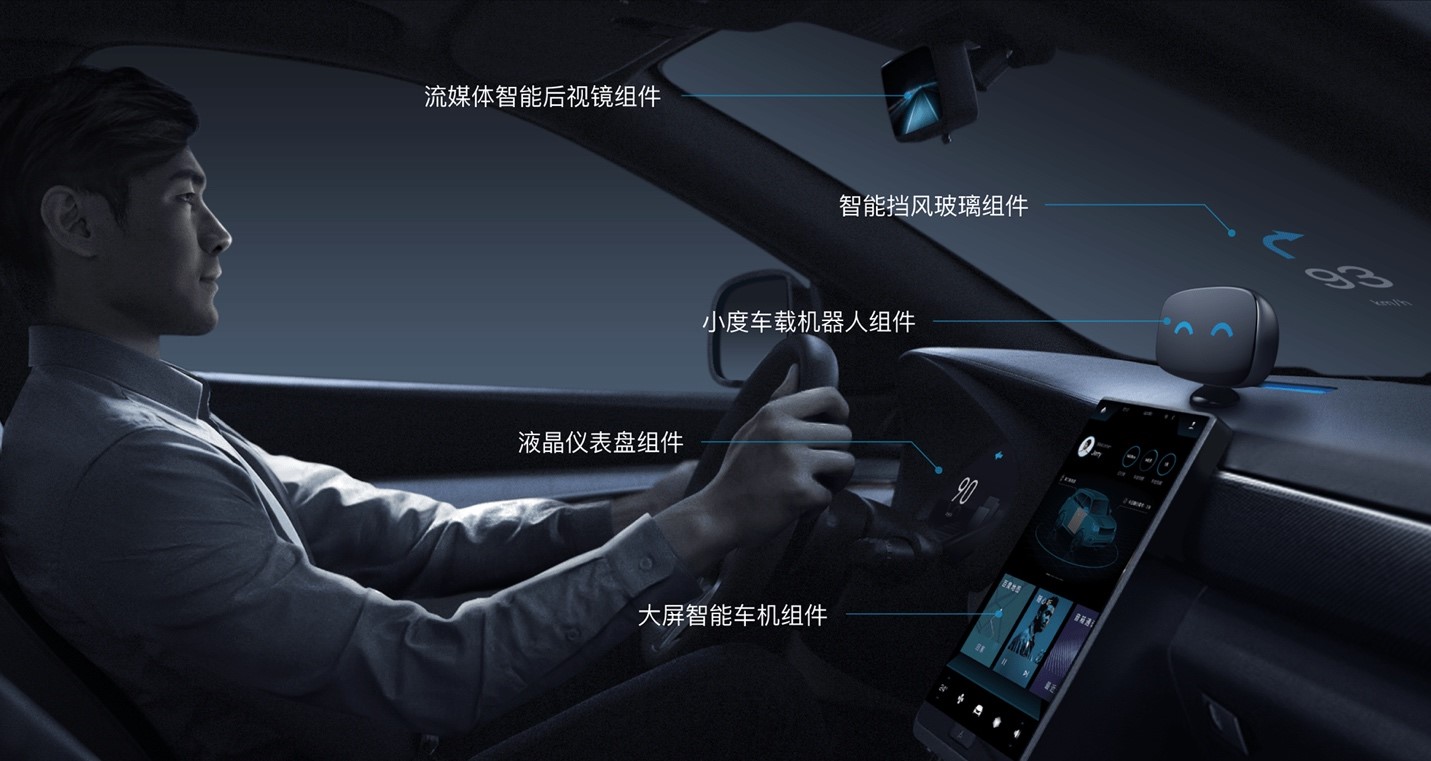
Figure 4. Baidu car networking open hardware architecture (source: Baidu Apollo official website)
Safety is a prerequisite for all travel experiences, and cockpit entertainment is no exception. The ecologicalization of the cockpit entertainment system is bound to introduce more functions, create more scenes, and create more experiences, and these experiences are likely to be unpredictable by the mainframe manufacturer. This poses a new challenge to the car’s security strategy: from the controllable design of all functions to the rights management of functions in different scenarios. With the gradual improvement of autonomous driving, driver’s attention management in different scenarios will also become the key to safety.
The wide applicability of applications is the foundation of ecology, and it is a catalyst for third-party developers to participate in the construction of ecology. Unlike the smartphone market, the current automotive market has a low degree of industrial agglomeration. Even if there are configuration differences between different models of the same brand, application development costs are high, and the potential market that can be applied is extremely limited, resulting in little developer interest. To change this situation, host manufacturers and potential platform manufacturers need to unify technical standards, standardize functional interfaces, and improve technical support to help developers more conveniently develop applications that are suitable for a wide range of models.
Convenience is a key factor in transforming the entertainment habits of driving users. At present, users have accumulated a large amount of user habits and data in the mobile Internet. The in-car entertainment system as an extension of the user ’s digital life in the travel scene needs to be seamlessly connected with mobile Internet applications, rather than creating a brand-new ecology. . Through the interaction method more adapted to the scene in the cabin and the natural user habits transplant, the in-cabin entertainment system can recapture the user’s interest and time in the car.
Immersiveness is the core competitiveness of in-cabin entertainment. The cabin has plasticity that is difficult to compare with other spaces. As a mobile private space, the cabin can bring the familiar life experience of passengers to the parking lot, to the commute road, to the mountain stream, to the blue sea and silver beach, and to build the game world and theater in motion and still , Online classrooms, office conferences and even dressing rooms, health checkups and other highly customized experiences that make the cabin truly playIt has no irreplaceable space value.
The future direction of smart cockpit
The open cabin experience ecology will greatly activate the imagination space for travel scene experience. The cutting-edge concepts in more fields and the huge real needs of the automotive industry will drive a large number of new experiences and new functions to take root in cars. The following major trends deserve the attention of practitioners in related industries.
The main engine manufacturer has shifted from manufacturing complete cabin products to designing in-car interface standards, opening up highly personalized opportunities for in-car space. Open in-car hardware development to third-party manufacturers that meet quality standards. The cabin seat design was handed over to IKEA and MUJI, the cabin game equipment development was handed over to Sony and Nintendo, and the interior design was opened to outstanding designers such as Kawakubo Rei and Yoshimoto Yamamoto. Participate and truly give each user the right to choose the space in the car.
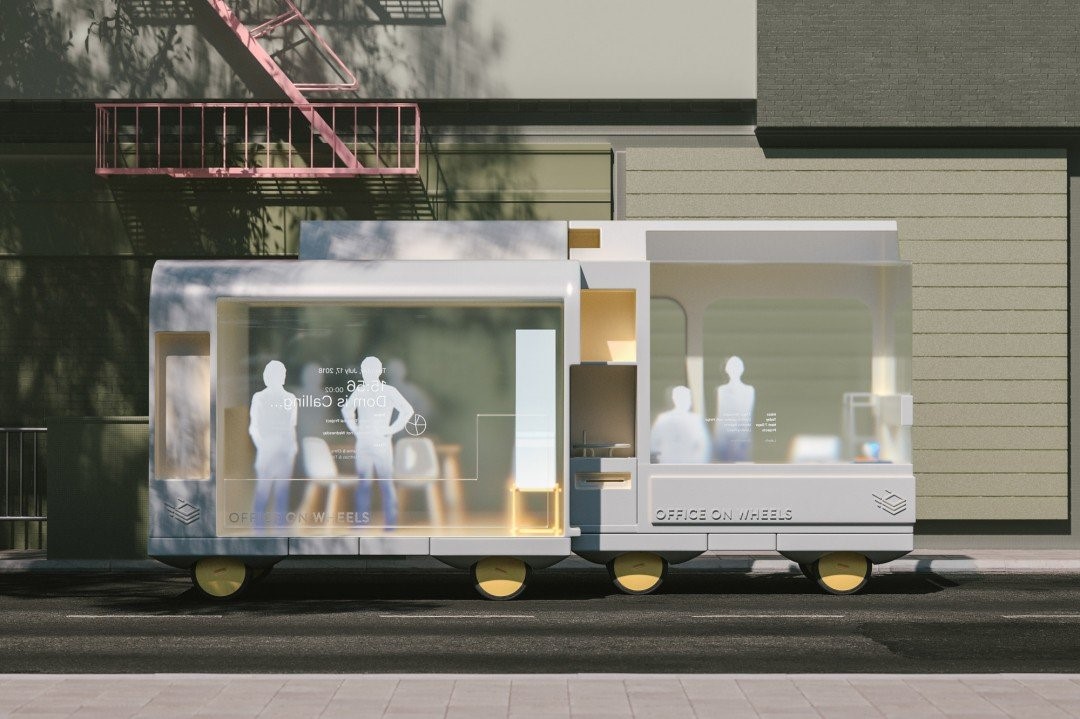
Figure 5. IKEA “Spaces on Wheel” office concept (source: IKEA Space 10)
The digital interactive experience of occupants in the car is constantly improved. The directional sound, polarized display, and lights are used to construct scene partitions in the cabin to meet the needs of the car. The front co-pilot regains the role of “navigator” to help the driver sort out information and plan a journey. Digital devices in the back row help both grandchildren and grandchildren participate in interactive classroom learning, share travel information between front and back, and entertain topics to draw closer to members. Digital distance allows the rest of the elderly and energetic children not to disturb each other at the end of the journey.
Itinerary experience will be highly integrated with local services. Like the public number and applet on the current smart phone, every destination in the future will have audio and video information and service interfaces that are perfect for in-car experiences. Drive into the office building on weekdays and stop. The to-do list and the plan are clear today. On the way to work out, the health equipment summarizes the data for the day, gives recommendations, and prepares audio-visual action essentials and food recommendations. Passing the frequented theaters, bookstores, The latest blockbuster movies and new books are all in sight; weekends with children to take home lessons, and information on activities in shopping malls and parks next to the school are recommended; when traveling, drive into the alleys of the ancient town of Jiangnan, Suzhou melodious tunes are introduced into the cabin; Seeing the crowded restaurants around the corner, the signature dishes and diners’ evaluations appeared. Even the scenery on the go can be a background for immersive interactive games.
Sound will become the central carrier of in-car interaction. Drivers have high requirements for processing visual information during driving, The hearing is relatively loose, making voice interaction a more convenient way of interaction in many scenarios. However, the distance is really used by consumers on the one hand. On the one hand, it is necessary to continuously improve the structure and abstraction of voice information through natural language analysis, improve the limited sound control function, and low information density of audio content. “Opening Taobao” has no value, but “Hey Siri, help me see what delicious chocolates on Taobao” may change user habits subversively and open the door to traffic in the travel scene for the entire e-commerce field. On the other hand, interactive joining has created a new display space for audio content. Live radio with cargo, interactive radio content planting grasses, and audio adventure games that build immersive experiences in the car may become new traffic hotspots.
Virtual and reality fusion immersive content built by AR, VR, and MR technologies has become a key medium for in-cabin experience in different scenarios. The windshield, side windows, and rear windows of the car form the interface for displaying external visual information in the cabin. With the joint efforts of on-board sensors and local service information, car window AR technology can truly connect the real world with its digital twins. Drivers can focus on the road instead of looking down to get information. Navigation information directly superimposed on real roads will greatly reduce misuse, and road vehicles, signs, and roadside building information can also be truly “what you see is what you get.” VR devices can combine the sound, smell, temperature, and humidity of the car to create a quiet content consumption environment in the car, experience the towering and killing atmosphere of Winter City before the war in “Game of Thrones”, and dive in. The island of “Jesus Survival” even manipulates “Need for Speed” with a real cockpit while parking.
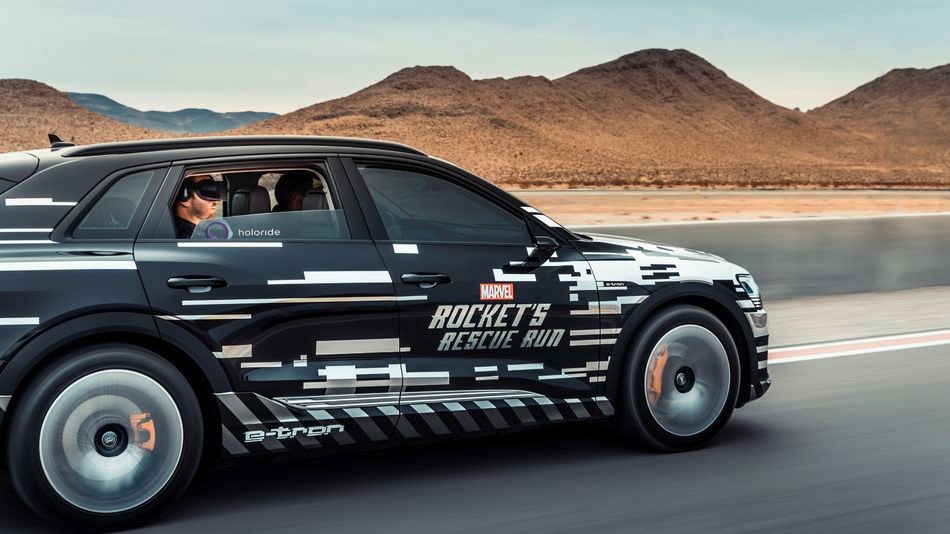
Figure 6. Audi and Disney jointly test the VR entertainment system on the car (source: Audi)
Conclusion
Although the exploration of fully autonomous driving has encountered realistic resistance, there are still many opportunities for the development of cabin experience. This new track is richer than the mobile Internet carrier, has more interactive methods, and is more closely connected with consumer life. If the mainframe manufacturer or Internet platform can build an organic ecological integration, hardware manufacturing, application development, content production, and life Services and other advantageous resources will open up new markets with great potential.
Not enough
The “Innovation Consulting” WeChat public account is waiting for you.
Scan the QR code below, or search for “Innovation Consulting” (ID: Kr8-36Kr-Innovation), innovation is not behind.
